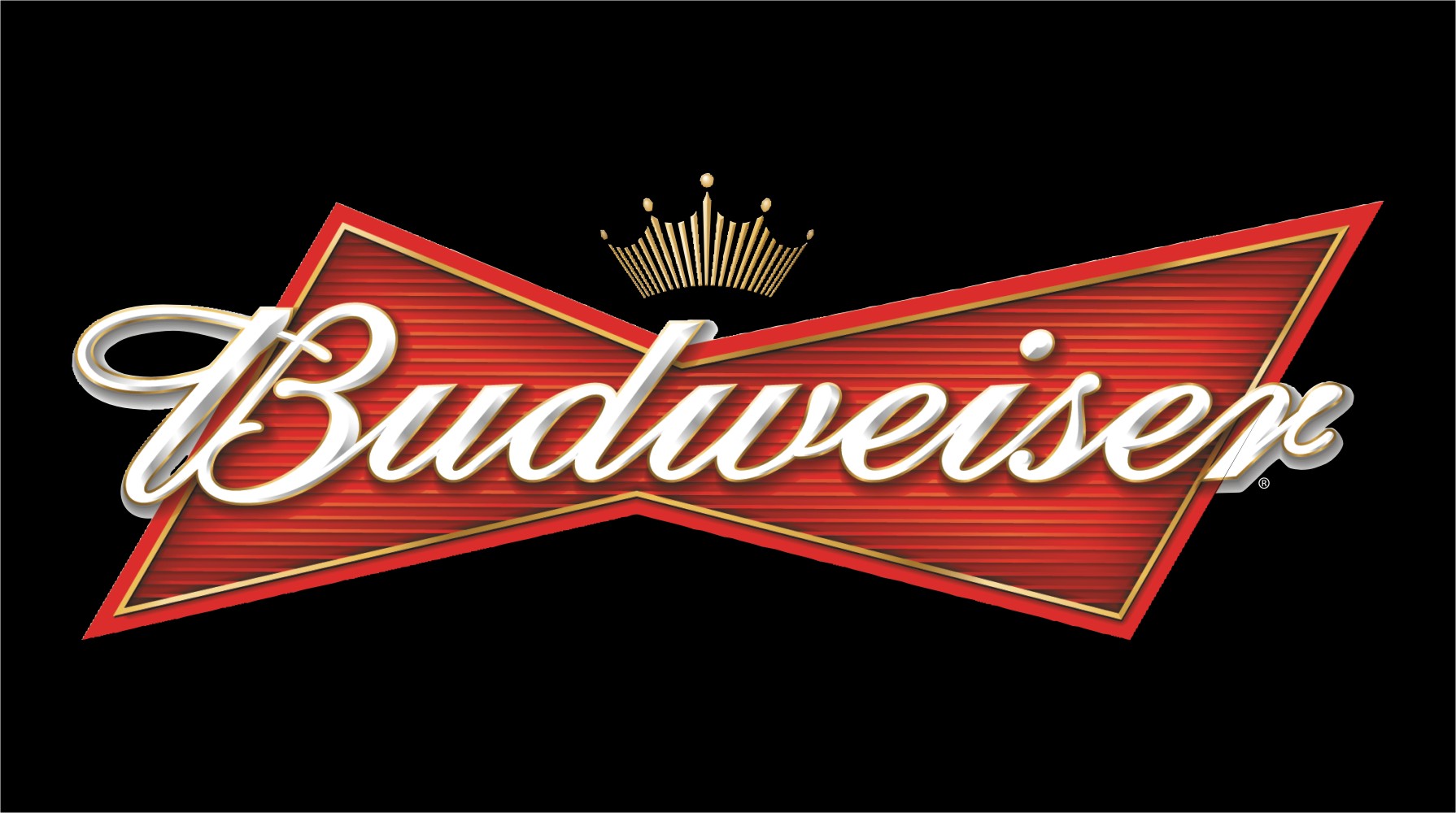Super Bowl ads are costing about $4.5 million for 30 seconds this year — highest-ever — which makes sense because each year seems to get another million in that audience column; last year’s game absolutely sucked and still, somehow and someway, 111.5 million people watched it. That’s a lot of eyeballs — Katy Perry’s Twitter follower count is only half that! — so advertising and marketing people want to get in front of them. (If you’ve worked in either of those spaces for more than six months, you should understand that the surest way to the heart of an executive is to toss out some huge number of people that saw something you did, even if it means only a fraction of them actually responded to it in any way; that’s why “media impressions” is such a fun stat.)
So these ads cost a mint. Do they work?
Let’s start with the intangibles: you can’t measure “brand awareness” as directly as you’d like. So let’s say a lesser-known company has a funny, good, or well-shot ad, right? And the next day, a ton of offices all over the country are talking about that ad and that company? And then a bunch of people actually Google the company to see what they do? And maybe a few of those people say “Oh, my friend Fred could use something like this…” That funnel does happen, I’m sure. And there’s value in that. Whether it’s $4.5 million in sales value, I’m not sure.
Via Stanford University, Super Bowl ads really only matter for certain companies — specifically Budweiser. Here’s one passage:
For example, the researchers estimated that Budweiser earns an extra $96 million from their ads, receiving a return on their advertising investment of 172 percent. Anheuser-Busch — the producer of Budweiser beer — has held exclusive rights to national beer commercials in the Super Bowl for more than 20 years.
Here’s another:
For example, Budweiser‘s sales revenue in the short run after the Super Bowl is about 15.75 percent higher per household than for their competitors, according to the research. “Budweiser‘s long-standing association with the Super Bowl is paying off during this peak sales period,” wrote the researchers.
With soda brands (especially ones that go head-to-head ad-wise), there’s not a lot of uptick to cover the cost of advertising. For lesser-known brands, it’s more about awareness. As is also noted above, Anheuser-Busch has exclusive rights to national beer commercials in the Super Bowl; that’s a big coup.
Their entry this year is a ‘GET ALL THE FEELS’ moment about a lost dog, it appears:
I’m always dubious with this type of shit, because I feel like people are going to buy Budweiser anyway — because it’s everywhere, and mostly cheap — as opposed to buying it because they spend $5 million to produce an ad about a cute white dog. In short, maybe advertising has become a junk science. I’m not really sure, but as long as “I-WANT-THE-BIG-NUMBERS-EXECUTIVES” are around, I feel like this phenom won’t really go away.
